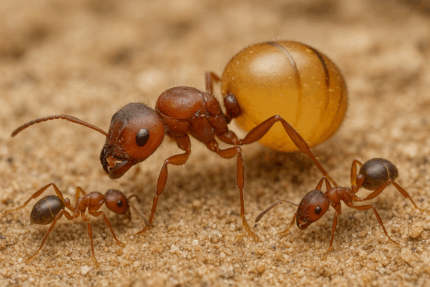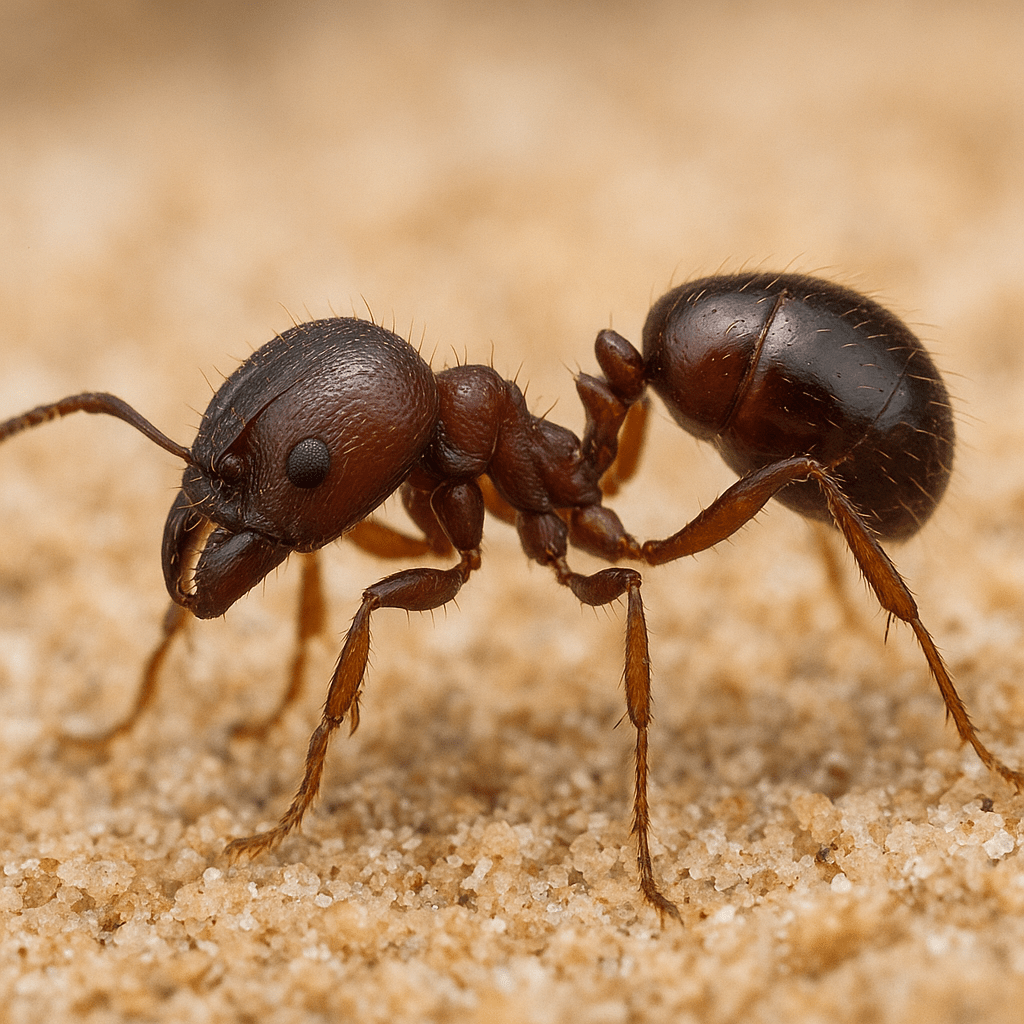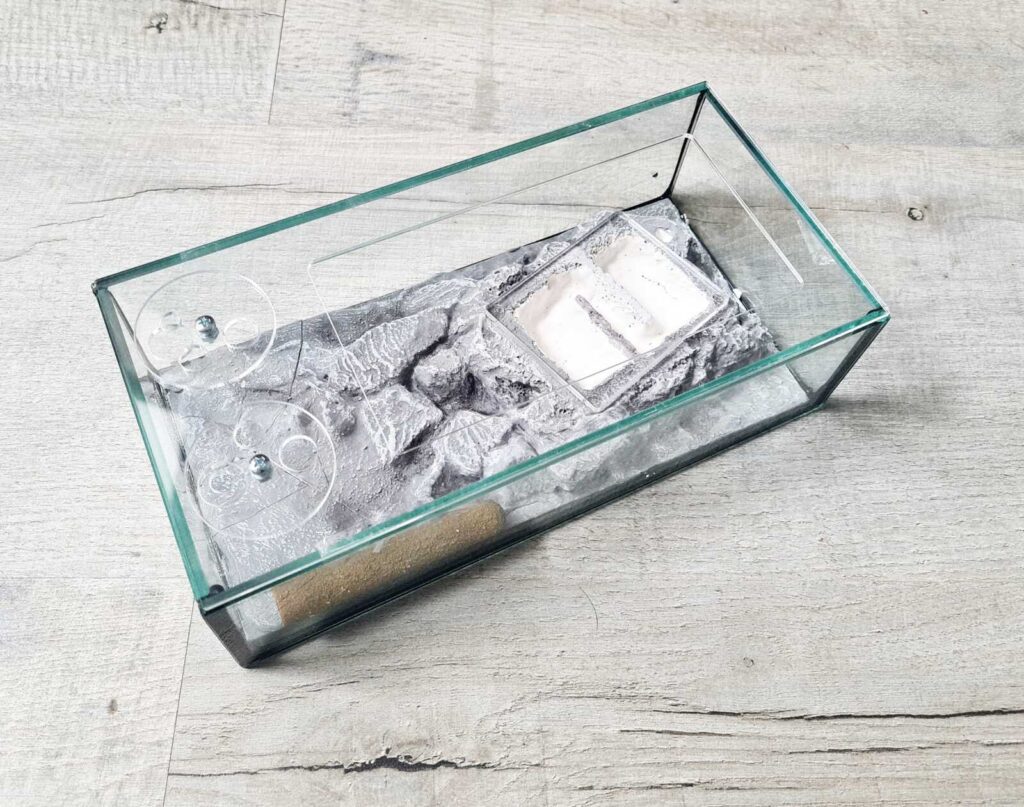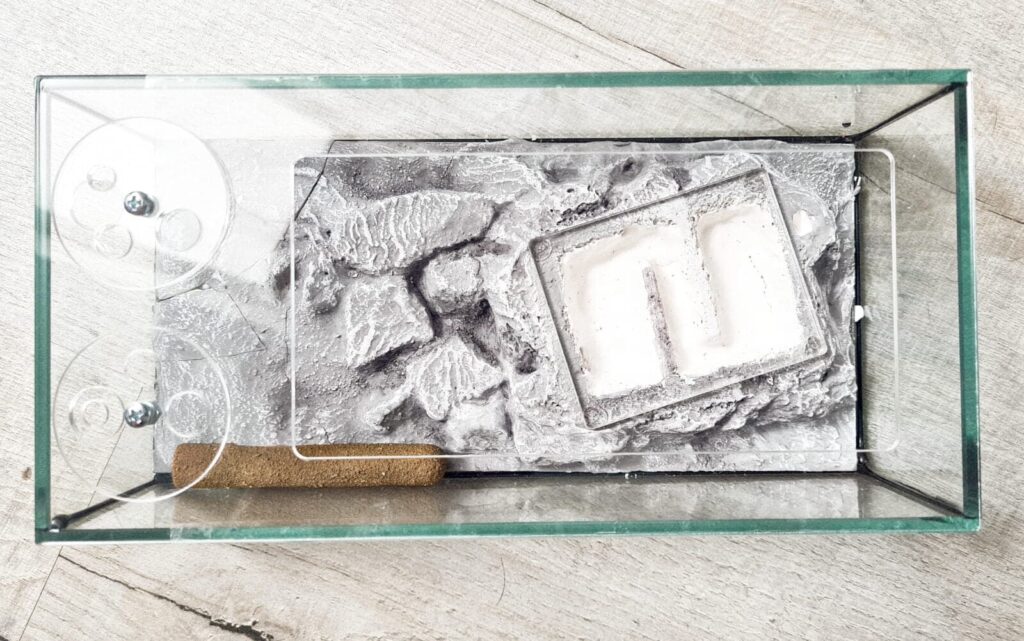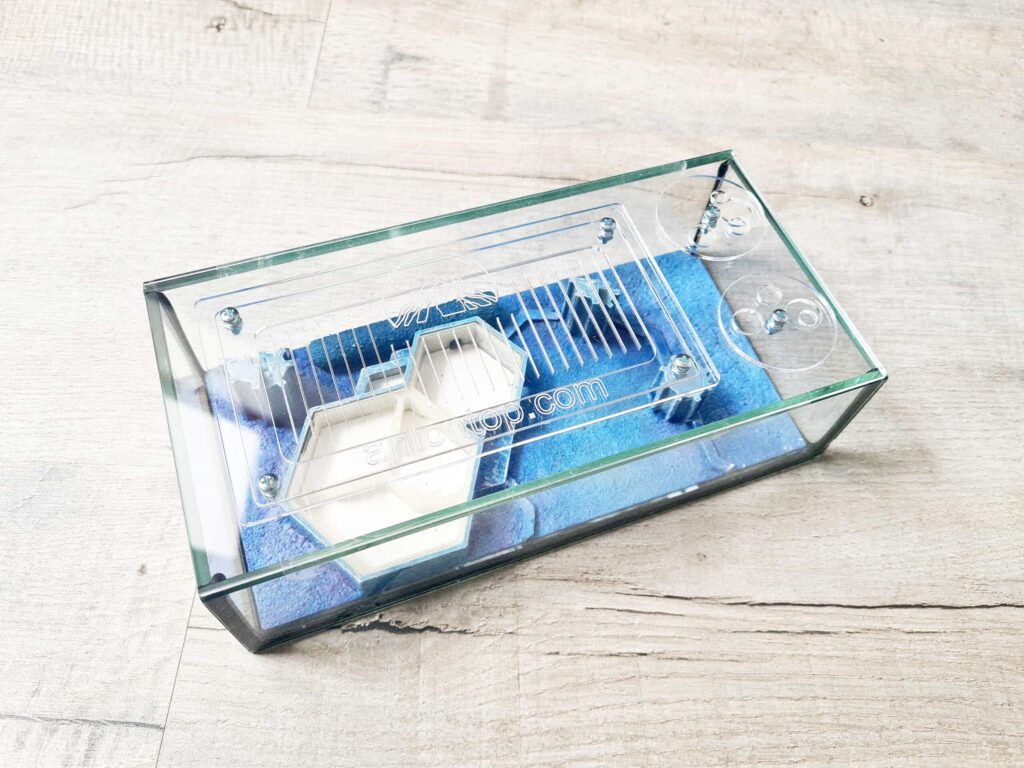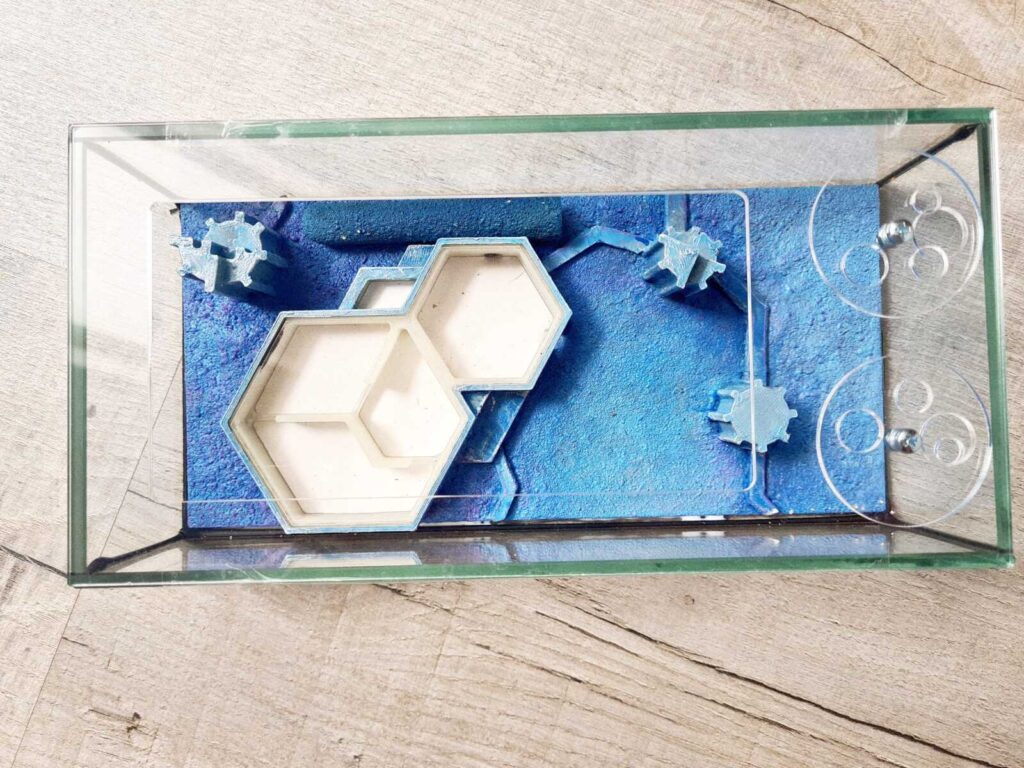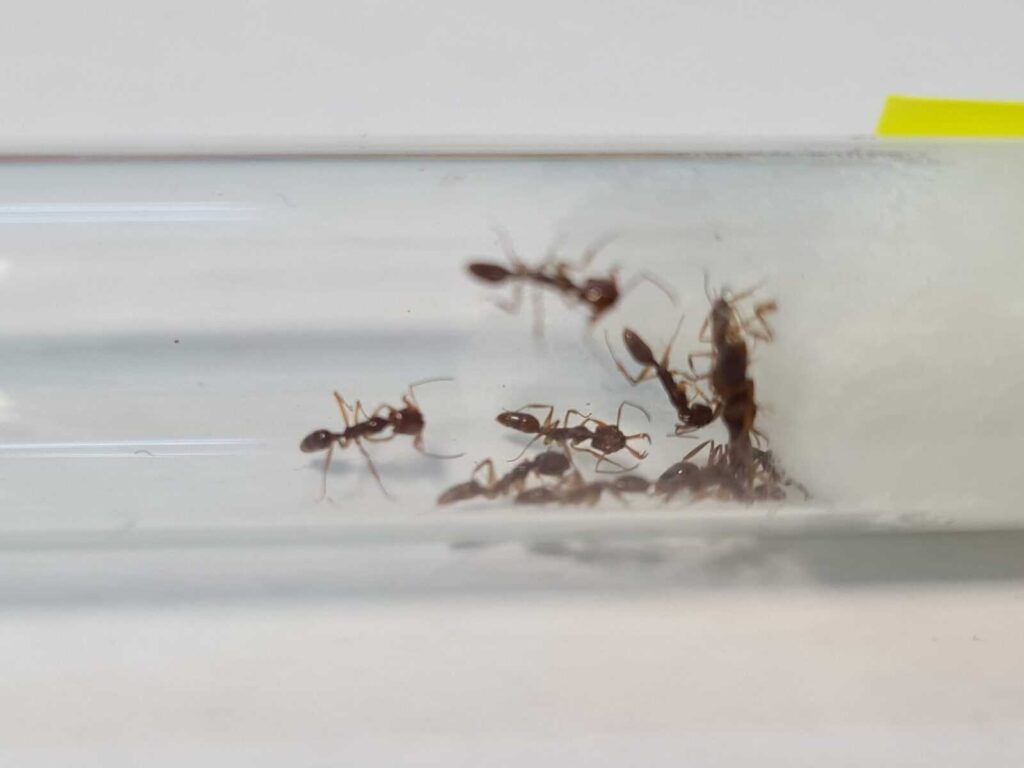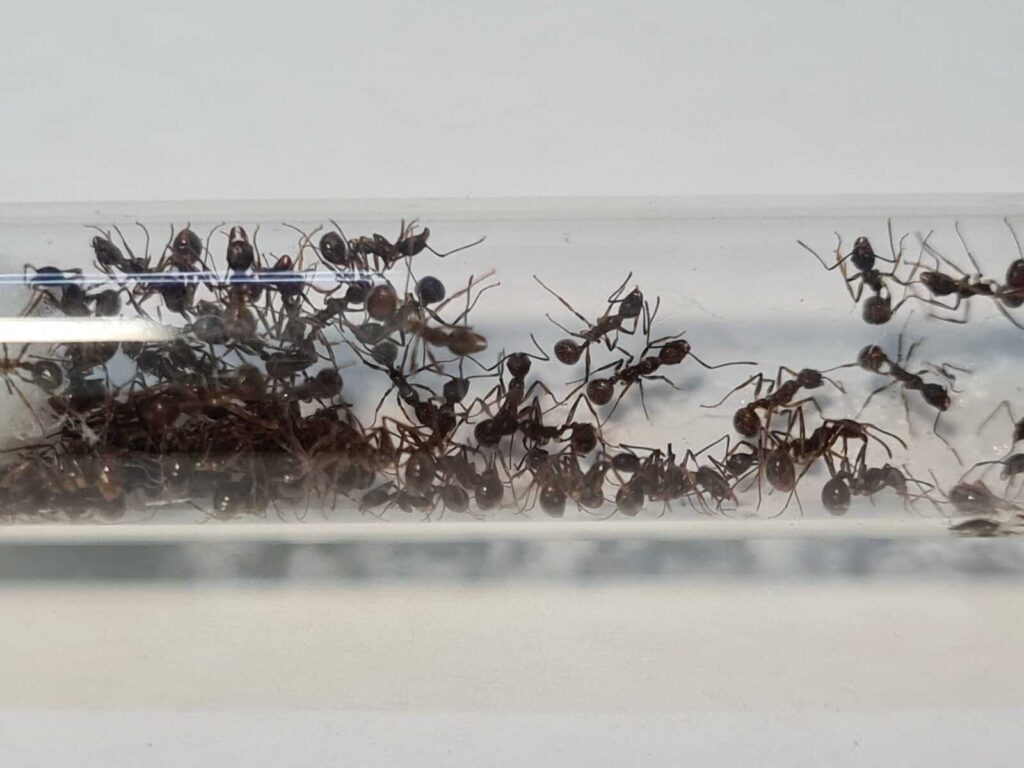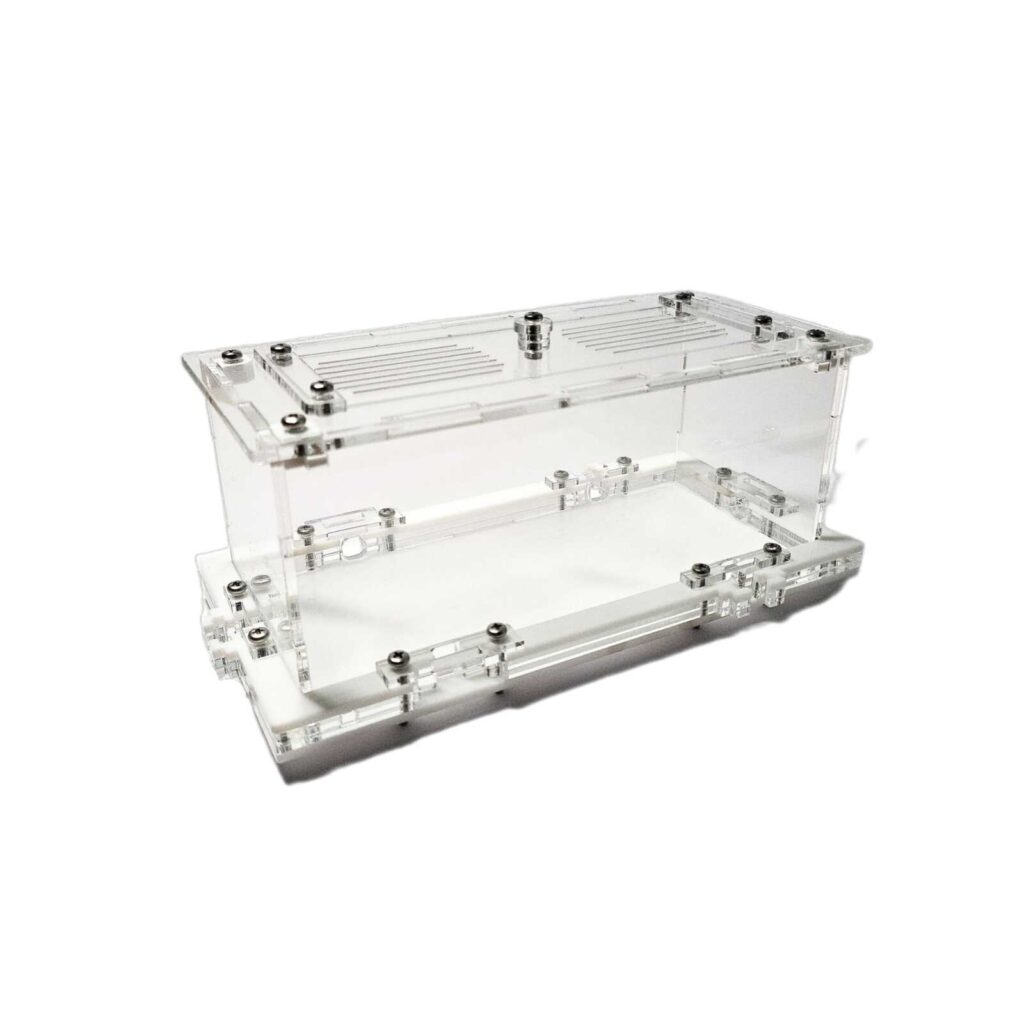Messor desertus
199,90 zł
Worldwide shipping
Free delivery over 500 PLN
The highest quality of goods
Live delivery guarantee
24/7 Personal Support
Fair Prices
Description
Messor desertus is a species of desert harvester ant from the genus Messor, adapted to arid environments. These ants specialize in collecting and storing seeds, which serve as their primary food source. Workers have strong mandibles for crushing hard seed shells, while queens are larger with an enlarged thorax, enabling flight during the mating season. Known for their organized social structure, they are highly efficient and resilient, thriving in extreme desert conditions.
Additional information
| Behavior | |
|---|---|
| Difficulty in breeding | |
| Origin | |
| The size of ants | |
| Wintering |
Messor desertus
Colony Type: Monogyny
Colony Size: 5,000–10,000+ workers
Development Speed: Medium
Size:
- Queen: 12–14 mm
• Workers: 4–6 mm
• Major : 8–11 mm
Diet:
- Seeds (main diet): millet, dandelion, canary seed, grass seed, sesame, poppy
• Insects (occasionally): fruit flies, roaches, mealworms — especially for founding queens and brood boost
• Soft fruits: grape or melon (optional — not always accepted)
• Grit/sand or crushed eggshells for digestion
💡 Messor desertus are true granivores adapted to desert life. Majors specialize in crushing and processing tough seeds into “ant bread.” Offer a dry seed mix of varying sizes and hardness to stimulate natural behavior.
Optimal Conditions:
• Humidity: Arena: 20–40% | Nest: 40–55%
• Temperature: Arena: 26–36 °C | Nest: 28–32 °C
• Diapause: Not strictly required but a brief cool rest (~15 °C for 1–2 months) can benefit long-term colony health
Species Overview:
Messor desertus is a desert-dwelling harvester ant native to arid regions of North Africa and the Middle East. This species is especially well-adapted to hot, dry climates and is known for its efficient seed foraging, long surface activity, and large, striking majors.
They are excellent foragers and often form well-organized trails leading to food sources. Colonies build extensive seed storage areas, and the majors play a key role in processing seeds and defending the nest entrance.
In captivity, M. desertus thrives in dry formicaria made of Ytong, gypsum, or acrylic, with dedicated dry seed chambers. Good ventilation and moisture control are essential to prevent seed mold. Excessive humidity is a risk.
Founding queens can be kept in a warm test tube with some crushed seeds and light protein. Once the first workers emerge, colony development becomes steadier. Major workers typically appear after ~100 workers, but this varies by temperature and food access.
Summary:
Messor desertus is a heat-loving, seed-harvesting species that combines robust polymorphism, desert adaptability, and captivating foraging behavior. A perfect choice for hobbyists looking to observe complex nest architecture, food storage, and powerful majors in action. Best suited for intermediate to advanced keepers with dry nest setups and proper seed provisioning.


